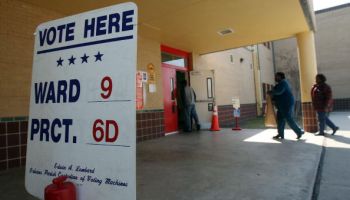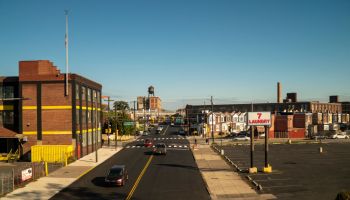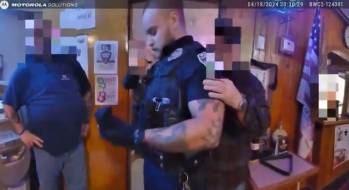The New York Times ran a story Sunday about some pretty remarkable changes to policing in Camden, New Jersey. The changes, led by community efforts and new policies, have arguably lowered the homicide rate and, perhaps, even helped to connect the community to the officers sworn to serve and protect it. Check it out:
In the summer of 2012, the year this city broke its own record for homicides, there were 21 people murdered here. This summer, there were six.
Just as remarkably, with shootings down 43 percent in two years, and violent crime down 22 percent, Osvaldo Fernandez now lets his sons walk to school alone. Nancy Torres abandoned plans to move to Florida. And parents from Center City Philadelphia are bringing their children here — notoriously one of the nation’s poorest, most crime-ridden cities — to play in a Little League that has grown to 500 players from 150 in its first season three years ago.
It has been 16 months since Camden took the unusual step of eliminating its police force and replacing it with a new one run by the county. Beleaguered by crime, budget cuts and bad morale, the old force had all but given up responding to some types of crimes.
Dispensing with expensive work rules, the new force hired more officers within the same budget — 411, up from about 250. It hired civilians to use crime-fighting technology it had never had the staff for. And it has tightened alliances with federal agencies to remove one of the largest drug rings from city streets.
But mostly, the police have changed their culture. Officers have been moved from desk jobs and squad cars onto walking beats, in what Chief J. Scott Thomson likens to a political campaign to overcome years of mistrust. Average response time is now 4.4 minutes, down from more than 60 minutes, and about half the average in many other cities. The number of open-air drug markets has been cut nearly in half. The department, the Camden County Police, even created its first cold-case unit. Read more.
The story goes on to explain that practices including dashboard cameras, increased patrols, better compensation and more responsive emergency dispatches have contributed to some of the successes.
With all eyes still on police practices in New York City and, of course, Ferguson, Mo., the changes made in Camden could show a path forward. What do you think?
























